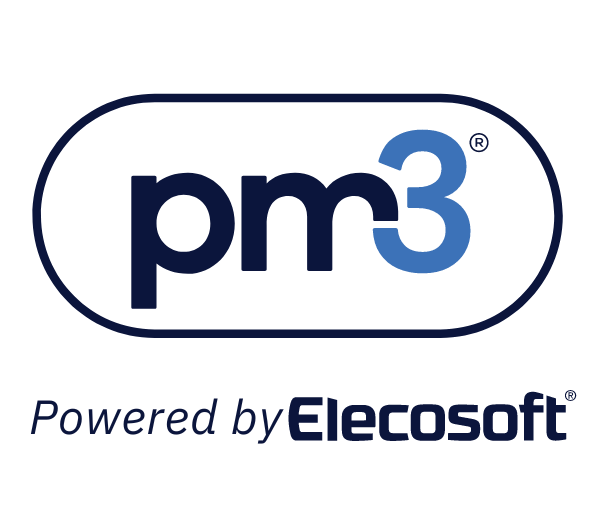In today’s fast-paced business environment, project managers and business strategists face an array of complex decisions that can significantly impact the success of their projects and overall business outcomes.
To navigate these challenges effectively, understanding and applying the right decision-making models is crucial.
This article looks into seven of the most relevant models, and each of them is explored with a step-by-step guide on execution and insights into suitable scenarios for its application.
Whether you are steering a critical project or crafting strategic business decisions, this guide helps you choose and implement the best decision-making model for your needs.

Decision-making models are systematic frameworks designed to guide individuals and organizations through the complex process of making choices.
These models are critical in project portfolio management as they provide a structured methodology for evaluating different options and determining the most effective course of action.
By using decision-making models, project managers can navigate the complexities of their projects more effectively, ensuring that every decision is made with a clear understanding of its potential impacts.
The primary purpose of these models is to simplify the decision-making process.
This is achieved by breaking down decisions into more manageable steps and by using specific criteria to evaluate each option.
This approach not only clarifies what factors are most important but also helps in maintaining objectivity in the decision-making process, which is particularly important in a project environment where stakes can be high and opinions varied.
Decision-making models are versatile and can be applied to a wide range of decisions in project management, from strategic to operational levels.
For instance, they can help determine the scope of a project, select the right methodologies, allocate resources efficiently and even resolve conflicts among team members.
Each model is designed to address specific types of decisions:
These models are not one-size-fits-all but can be tailored to fit the specific needs and context of a project.
This adaptability makes them incredibly valuable tools for project managers who must often shift between various types of decisions and projects with different requirements and goals.
For example, a decision-making model that excels in a technology project may need adjustments to be equally effective in a construction project.

Incorporating decision-making models into project management not only structures the decision-making process but also enhances overall project effectiveness and efficiency.
Here are detailed benefits that these models provide:
Using a consistent decision-making framework ensures that every decision is processed through the same evaluative steps, which significantly reduces variability in outcomes.
This consistency is particularly important in project environments where multiple stakeholders are involved.
By standardizing how decisions are made, teams can minimize misunderstandings and misalignments that might arise from subjective decision-making practices.
Decision-making models streamline the process of making choices by providing clear, step-by-step guidelines to follow.
This structured approach reduces the time spent on deliberating each decision, enabling project managers and their teams to make faster decisions without compromising the quality of those decisions.
Efficiency is crucial in maintaining project timelines and meeting deadlines, especially in complex projects where delays in decision-making can lead to cost overruns and extended project timelines.
Structured decision-making leads to more informed and effective outcomes.
By systematically analyzing each option and its potential impacts, decision-making models help ensure that all critical factors are considered before a final decision is made.
This thorough vetting process helps in identifying the optimal solution that maximizes benefits while minimizing risks and adverse effects.
When decisions are made through a defined and transparent process, it becomes easier to track and justify why certain choices were made.
This accountability is essential in project management, where decisions can have significant financial and operational impacts.
Increased accountability helps in building trust with stakeholders and also provides a reference point for learning and improvement in future projects.
Decision-making models often involve analyzing past data and projecting future outcomes.
This capability to forecast the implications of different choices can be invaluable in planning and strategizing.
For example, predictive models can help project managers anticipate potential problems and devise effective mitigation strategies.
Forecasting aids in risk management, helping teams prepare for likely challenges and exploit emerging opportunities.
One of the most critical aspects of project management is the allocation of resources, which includes time, budget, personnel and equipment.
Decision-making models provide a framework for assessing the demands of various project tasks and assigning resources in a manner that optimizes project performance.
Effective resource allocation ensures that no part of the project suffers from resource starvation, which can derail project objectives.
This model advocates a logical, step-by-step approach to decision-making, which includes defining the problem, identifying decision criteria, allocating weights to these criteria, developing alternatives, evaluating the alternatives and selecting the best option.
Use the rational decision model in situations where time and resources allow for a thorough analysis.
It is particularly effective for complex decisions that involve multiple criteria and where the costs of making a wrong decision are high.
Developed by Herbert Simon, the bounded rationality decision-making model acknowledges the limitations of our cognitive capacities and environmental factors.
It suggests that while individuals aim to make rational decisions, they are often constrained by the information and resources available, leading them to make a ‘satisficing’ decision—one that is good enough, rather than optimal.
This model is best applied in situations with tight deadlines or limited information.
It is also useful when the decision-maker lacks the resources to perform an exhaustive analysis of all possible alternatives.
This model focuses on varying degrees of team involvement based on the situation’s complexity and importance. It helps managers decide when to make decisions independently and when to involve their teams, enhancing decision-making effectiveness in different contexts.
Use the Vroom-Yetton model when team dynamics and participation are critical to the success of the decision.
It is particularly effective for decisions that require buy-in from various stakeholders to ensure successful implementation.
Intuitive decision-making bypasses analytical processes to rely on instincts and personal experiences.
This model is useful in situations where quick decisions are necessary and there’s no time for a detailed analysis.
The intuitive decision model is most appropriate in high-pressure environments where speed is more critical than precision.
It is also useful for experienced decision-makers who have a deep understanding of the specific context or industry.
Developed for the rapid-fire decision-making needs of leaders in high-stakes environments, this model combines intuition and analysis.
Decision-makers assess the situation, match it to a familiar scenario and implement solutions that have worked in the past.
This model is best used in situations where decisions must be made quickly and with a reasonable degree of certainty.
It is ideal for environments such as emergency services, military operations, or any high-stakes field where rapid and decisive action is necessary.
This model is essential when innovative and unique solutions are needed.
It involves brainstorming, the generation of alternatives through creative thinking and the exploration of these possibilities without immediate judgement.
Use the creative decision model when facing challenges that require out-of-the-box thinking or when traditional solutions have proven ineffective.
This model is particularly suitable for new product development, marketing strategies and other areas requiring high levels of creativity.
Focusing on group agreement and cooperative efforts, this model ensures that all team members’ opinions are considered and that an agreement is reached before moving forward.
This can enhance team commitment to the chosen course of action.
The consensus decision making model is particularly valuable when the decision impacts all team members or when team harmony and commitment are critical for successful implementation.
It is ideal for use in cooperative or collaborative work environments where maintaining positive team dynamics is important.

Our PM3 software is designed to support project managers in applying these decision-making models more effectively.
For example, PM3Time, a component of PM3, is a straightforward, efficient tool for managing time, costs and expenses, providing project managers with real-time visibility into how resources are allocated across projects.
PM3 integrates with decision-making models by offering tools that facilitate an informed, efficient and strategic approach to managing projects.
Whether you’re aligning daily tasks or making pivotal project decisions, PM3 allows you to drive successful outcomes efficiently and effectively.
—
Main Image: Astrid IQ

Our products help you deliver successful change programs and projects by always focusing on the overall business outcomes. Find out how our products can help you.